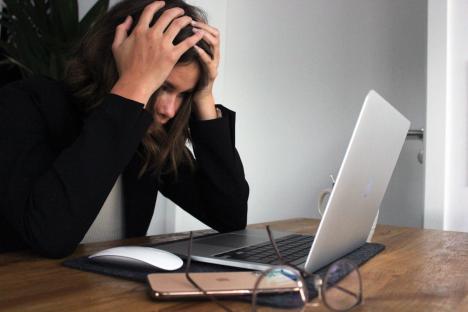Did you know that there are more guns than people in the US, with almost 400 million privately-owned firearms? While gun ownership is a constitutional right, it has several responsibilities to prevent injuries and accidents.
People should not only know how to use a gun but also how to handle it safely. Whether you own a gun for hunting, sport, or protection, read on to learn the golden rules of gun safety to protect yourself and others.
The 5 Basic Gun Safety Rules
- Know Your Gun
Basic gun safety starts with knowing your gun and how to operate it. During purchase, enquire from the firearms dealer about how it works and familiarize yourself with all its mechanical and safety features. Learn how to load, unload, and shoot properly as well as use safety features. Knowing how to troubleshoot issues and clear a malfunction is also important.
Though all guns have a similar function, they are not mechanically the same. So, don’t assume that how you operate one model is the same you do another. Always consult a knowledgeable person when operating a different gun model or make.
- Handle With Caution
A gun is not a toy and, thus, should be used with care. A rule of thumb is to handle every gun like it’s loaded and ready to fire. When receiving a gun from someone, open the action and inspect the chamber, receiver, and magazine for ammunition. Every seasoned gun handler is aware that you should always check to make sure a gun is loaded before using it.
Load your gun only when using it in a shooting area or field. It is recommended practice to unload a gun after usage and store it safely or to sell it at Sell my ammo. It is recommended to unload a firearm when:
- Not in use
- Handing over to someone else – an authorized person
- Crossing a fence or climbing a tree
- In doubt
While most guns have a ‘safety’ feature, they should never substitute for proper handling. Do not completely rely on the feature because it may go wrong at any point and result in a gory disaster.
- Watch the Muzzle
Basic gun safety requires you to beware of where the gun points every time. Keeping the muzzle pointed in an unsafe direction, such as somewhere you don’t wish to shoot, is a typical reason for firearm mishaps.
This safety tip is crucial during gun loading and unloading. The safest direction ensures that an accidental discharge does not hurt anyone or damage property. It can be pointed upward or downward, but not at people or objects that you don’t wish to harm.
- Keep Off the Trigger
Many people have a habit of resting their index finger on the trigger. While this posture is comfortable, it is unsafe and thus unadvisable. It would be best to position your finger on the trigger only when shooting.
Keeping your finger on the trigger is forbidden for several reasons. First, if you trip or fall, you can unintentionally fire the gun, injuring someone. Second, abrupt noises may startle you, making you pull the trigger.
- Double Check Your Target
This rule is based on the fact that you can’t call a shot back. Once you hit the trigger, you don’t have control over where the shot heads or what it strikes. As a result, double-verify your target to make sure nothing or nobody will be harmed by the bullet.
When hunting, your adrenaline is at an all-time high, and it can be tempting to fire at any movement or noise. This unsafe practice goes against basic gun safety rules because you haven’t confirmed the target.
An essential aspect of shooting safety is considering your target’s surroundings. The bullet will not stop after hitting the target unless you shoot at a backstop. For instance, when hunting, the bullet will not stop after hitting a bird; it keeps speeding till something comes its way. A high-velocity cartridge can reach more than three miles, whereas a shotgun can fire a bullet up to 500 yards away.
Extra Security Measures
- Store firearms in a safe location, preferably separate from the ammunition
- Use the correct ammunition
- Keep firearms away from kids and unauthorized persons. Consider demystifying guns by teaching kids basic rules of gun safety.
- Clean the gun after use to keep it functional and in pristine condition
- Do not use guns when physically, mentally, or emotionally impaired –when drunk, angry, or depressed
- Gear up when shooting; use ear and eye protection to guard against the deafening noise and debris from a fired gun.
- Guns are not fireworks; don’t shoot into the air when celebrating an occasion.
In Conclusion
A gun is an excellent tool for protection, sport, and recreation if used safely. When misused, guns are lethal weapons that can injure or kill. Do not take chances with guns; follow the safe gun handling rules above to avoid accidents and incidents. Better be SAFE not SORRY!





